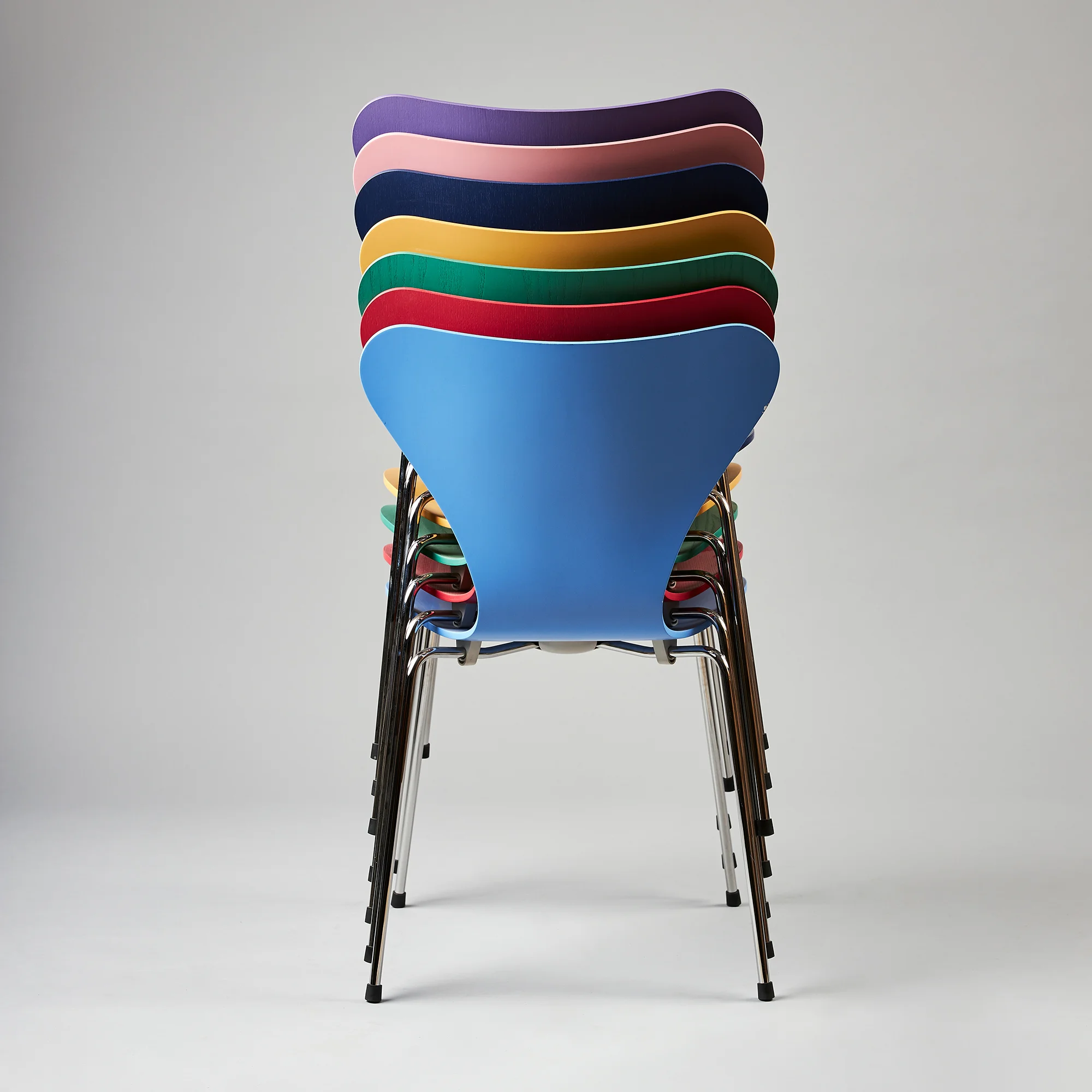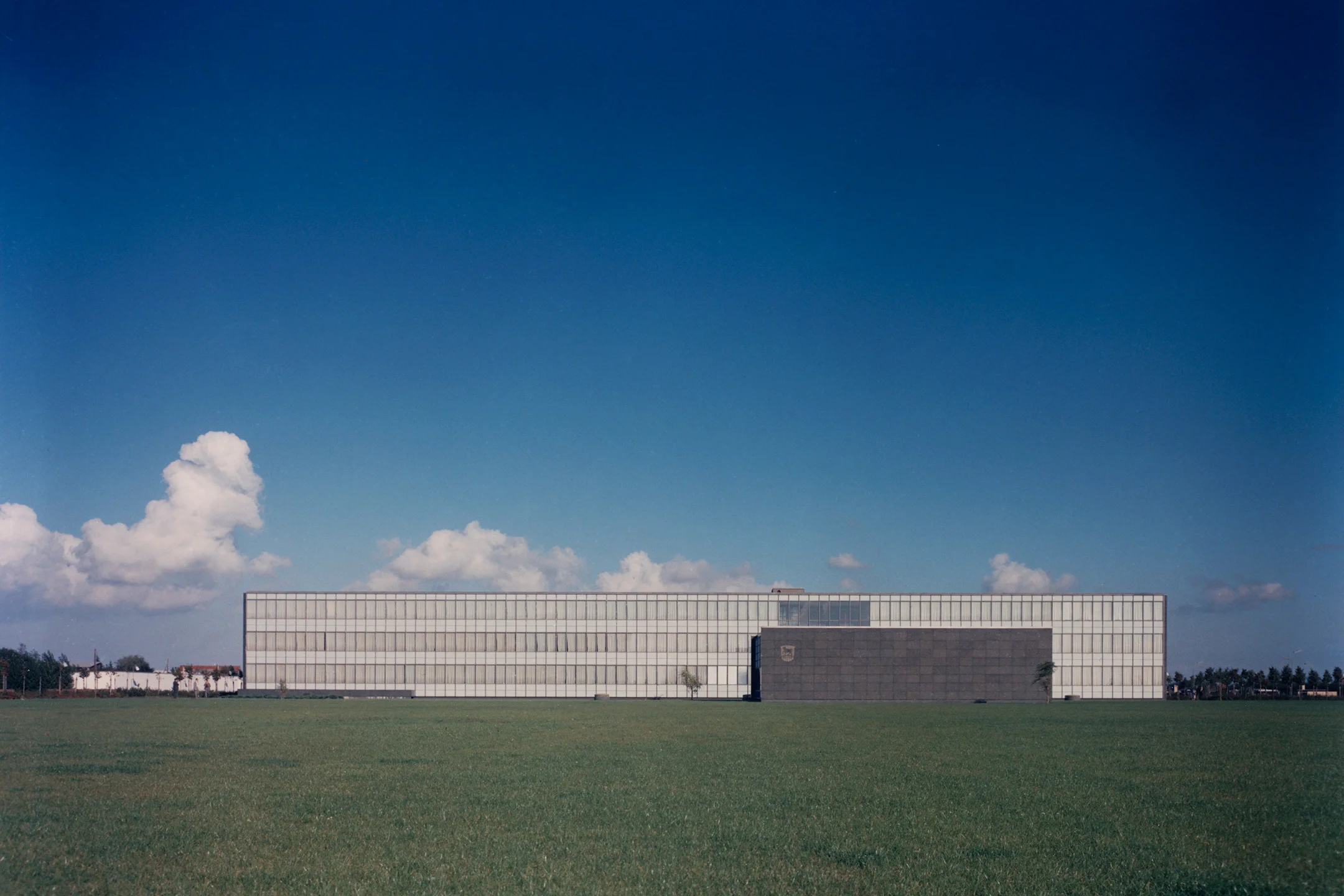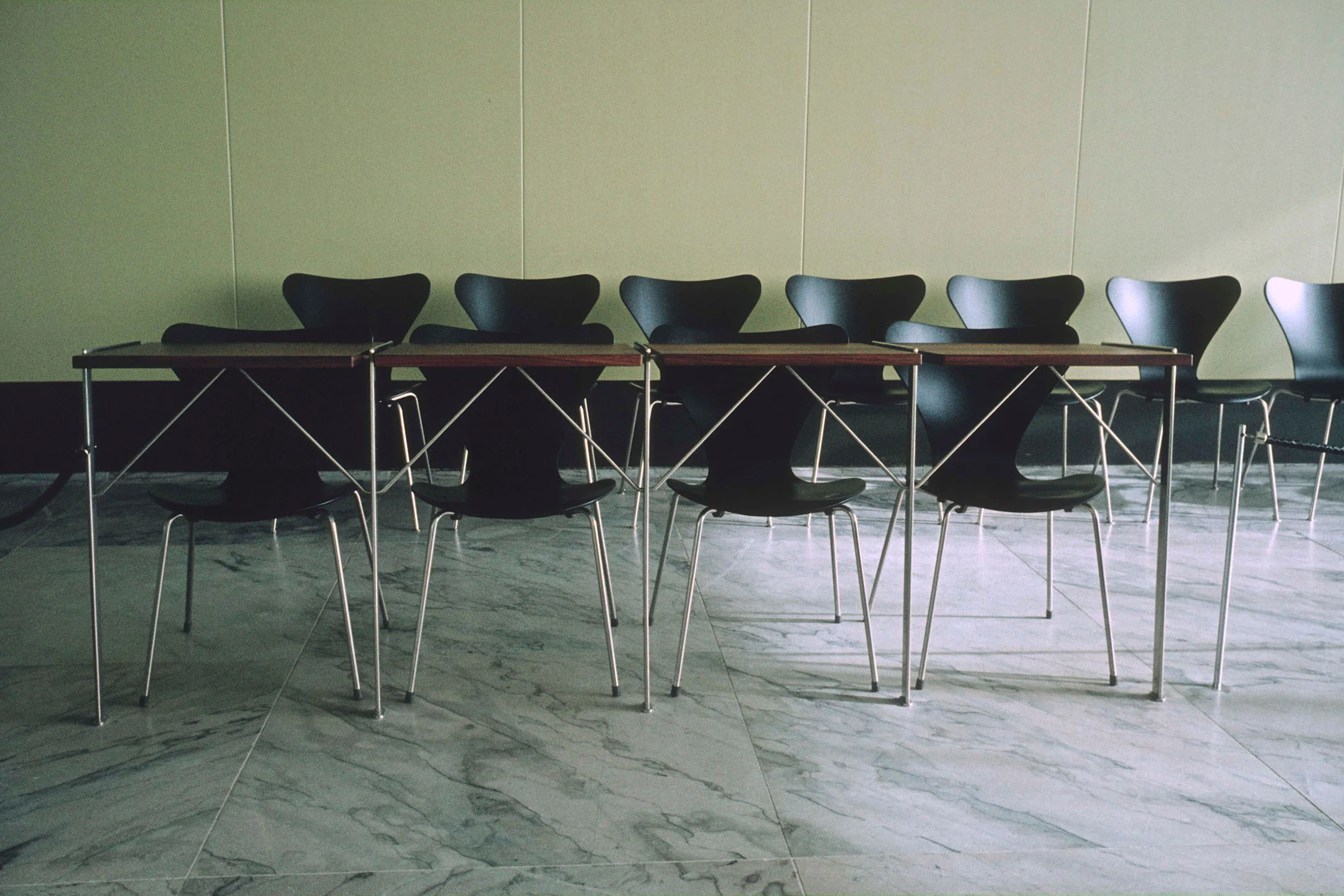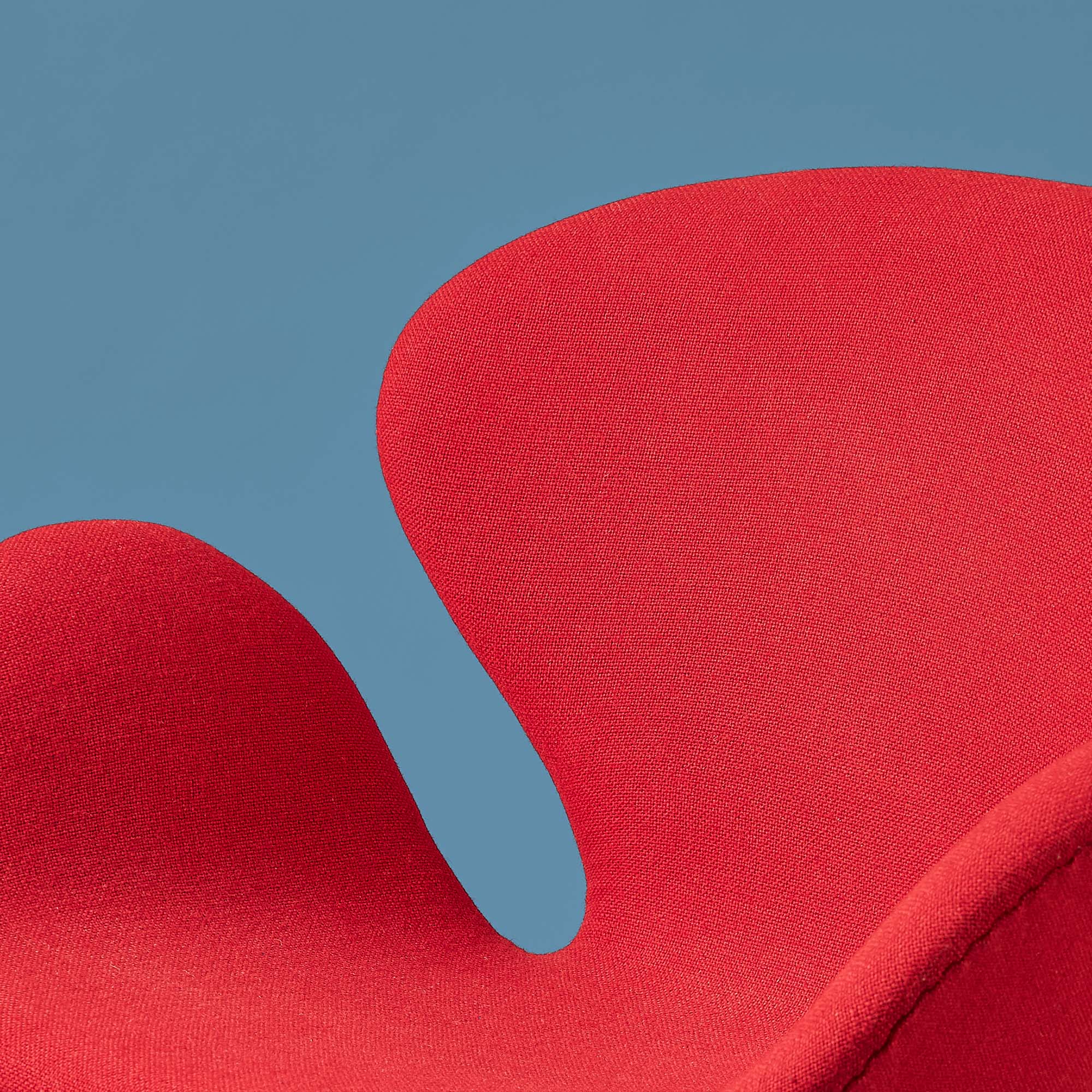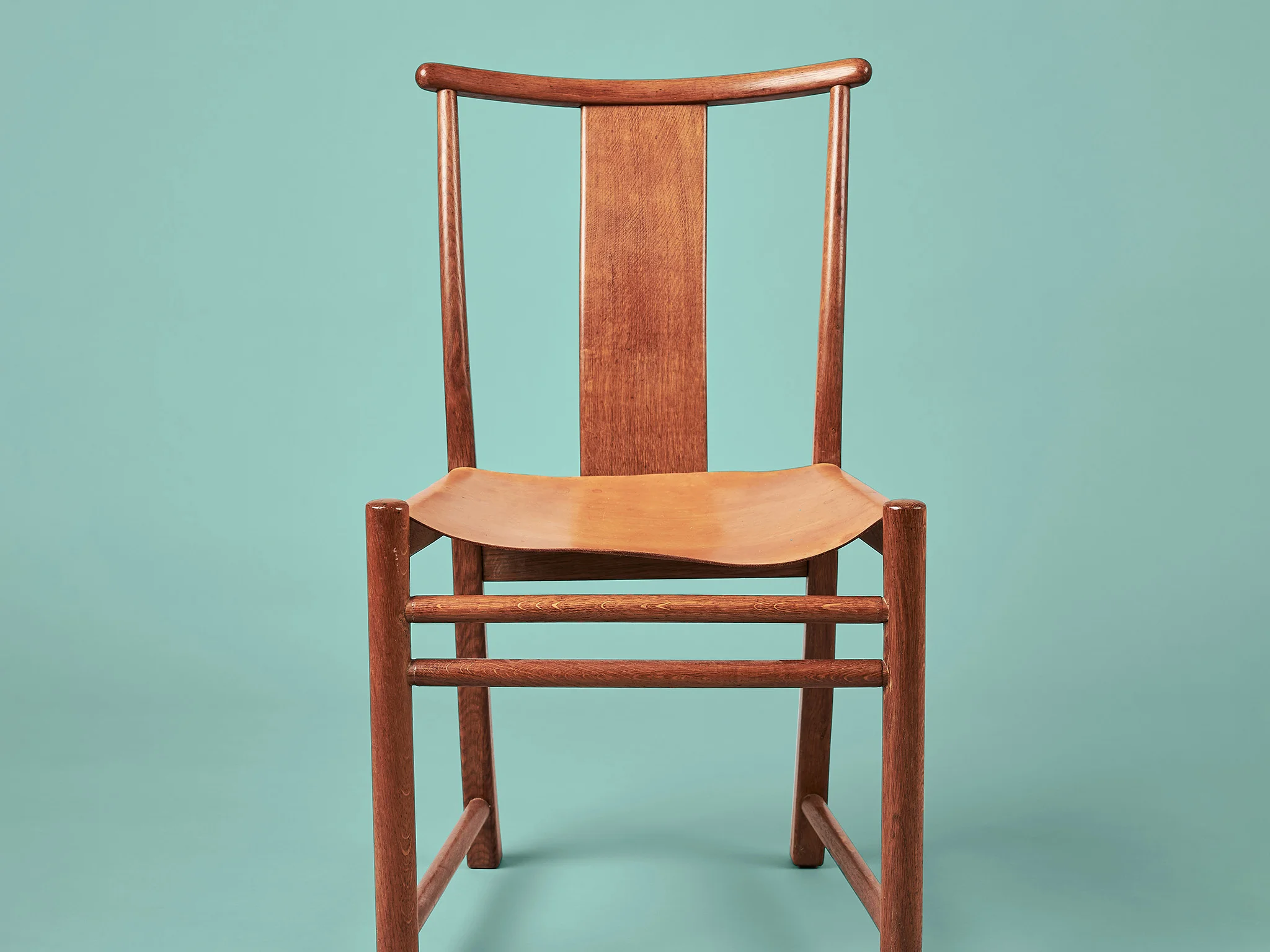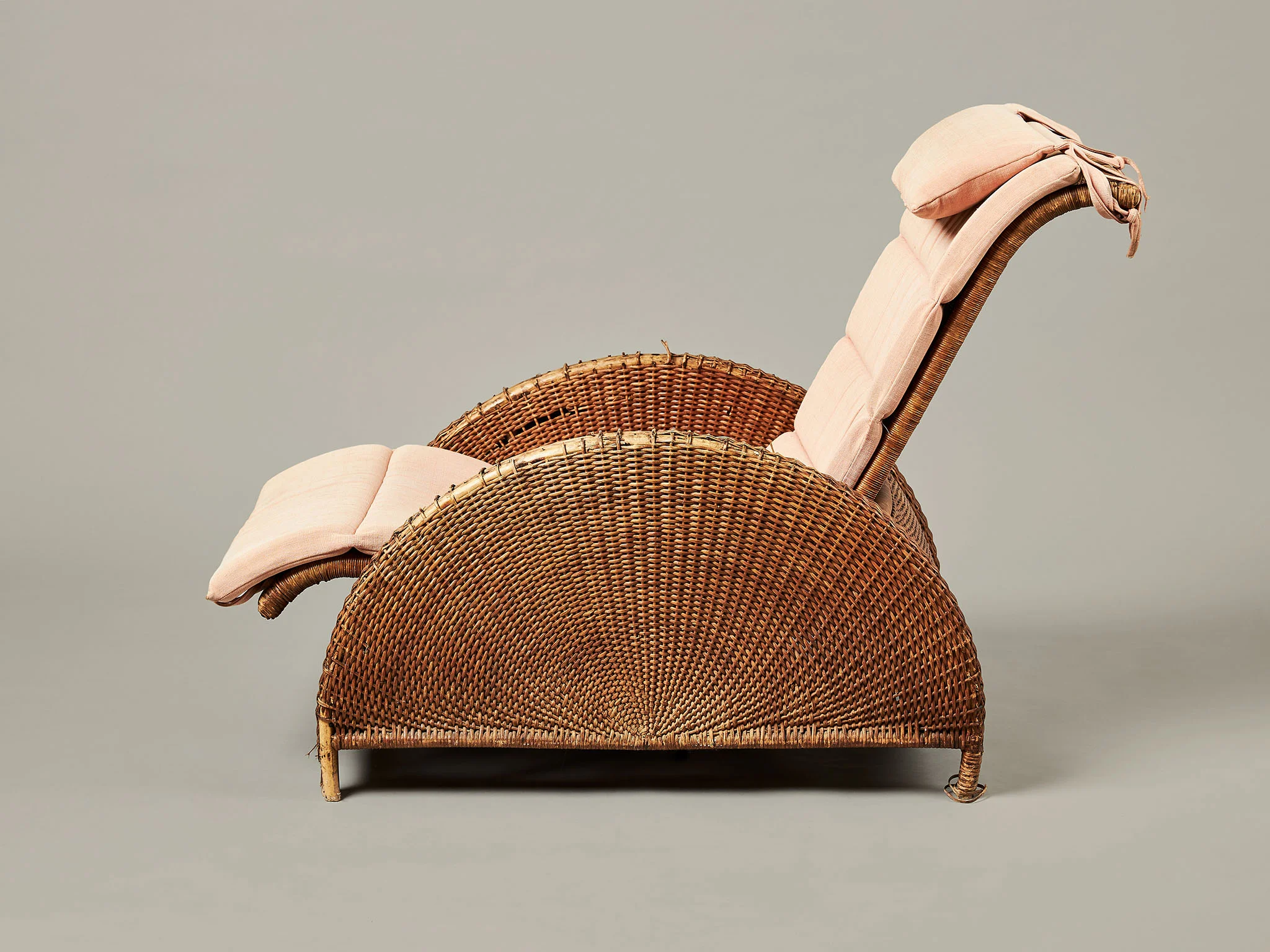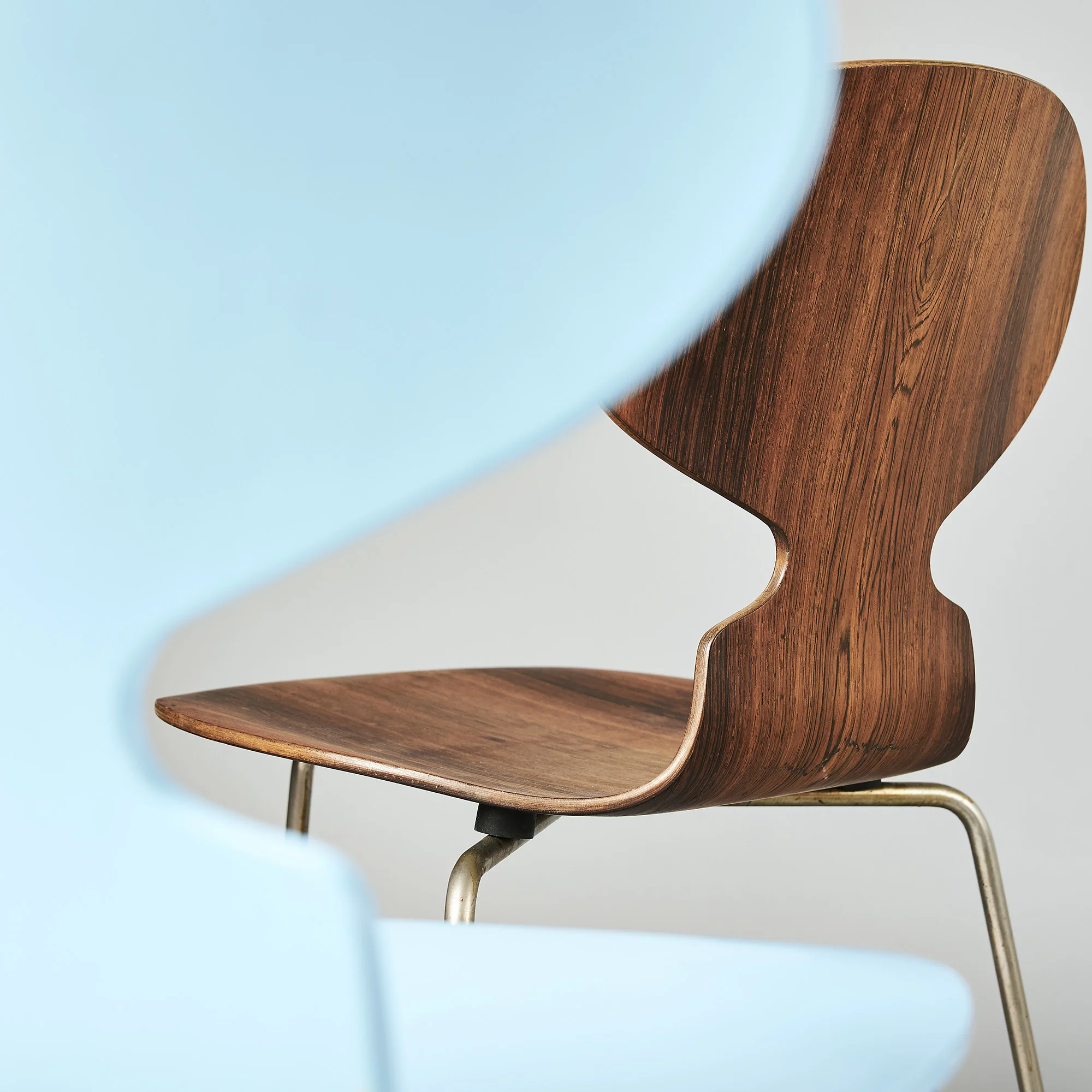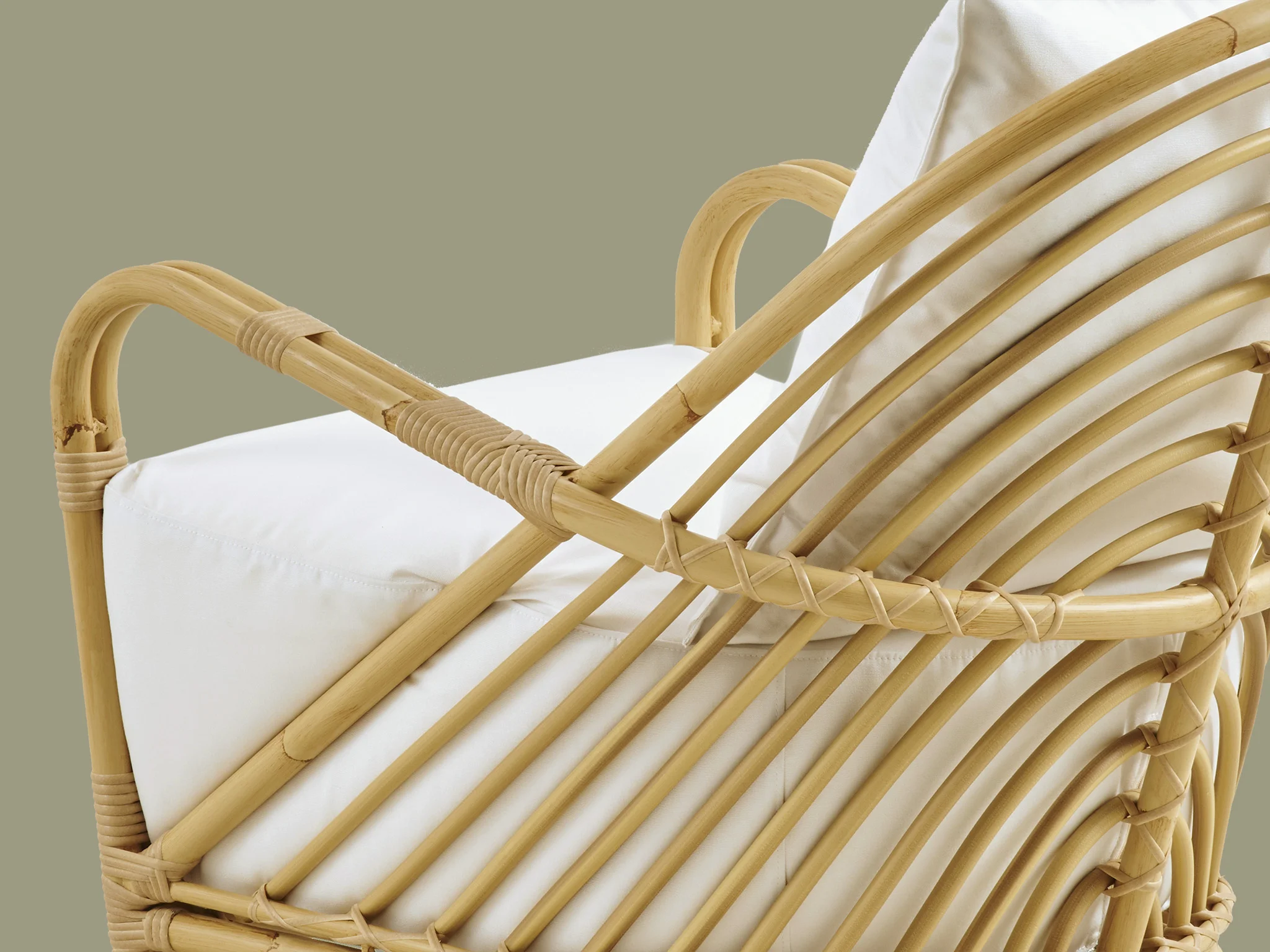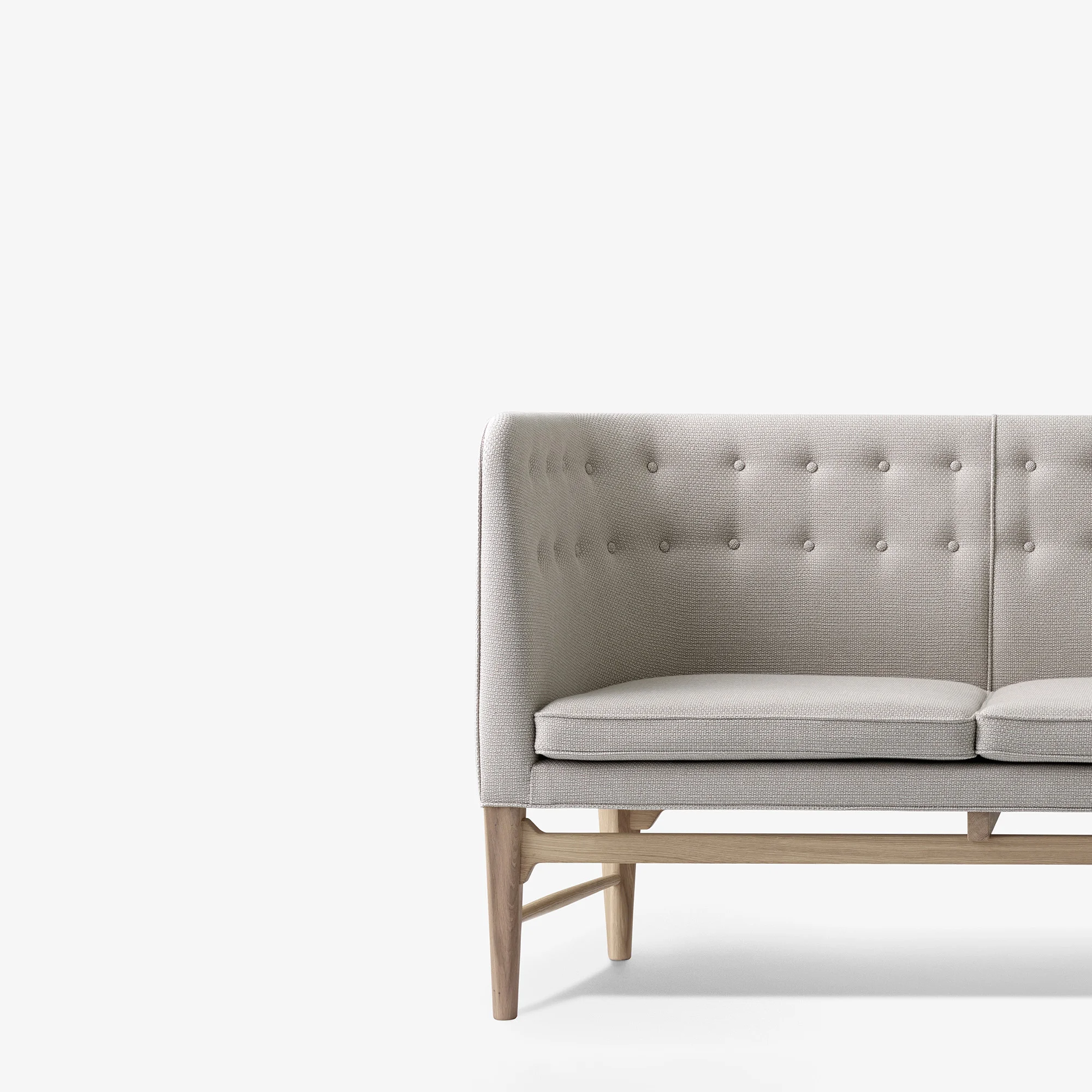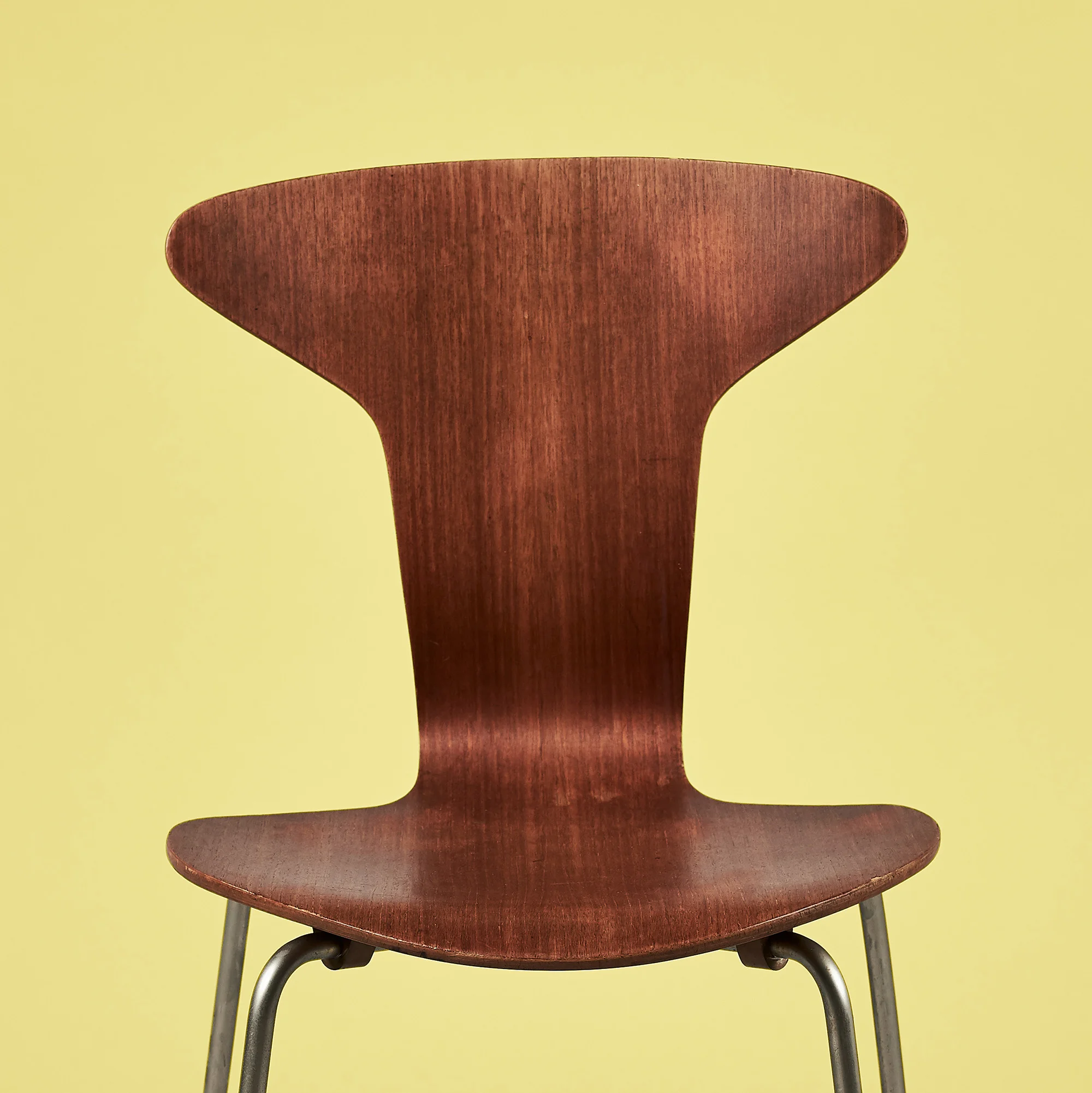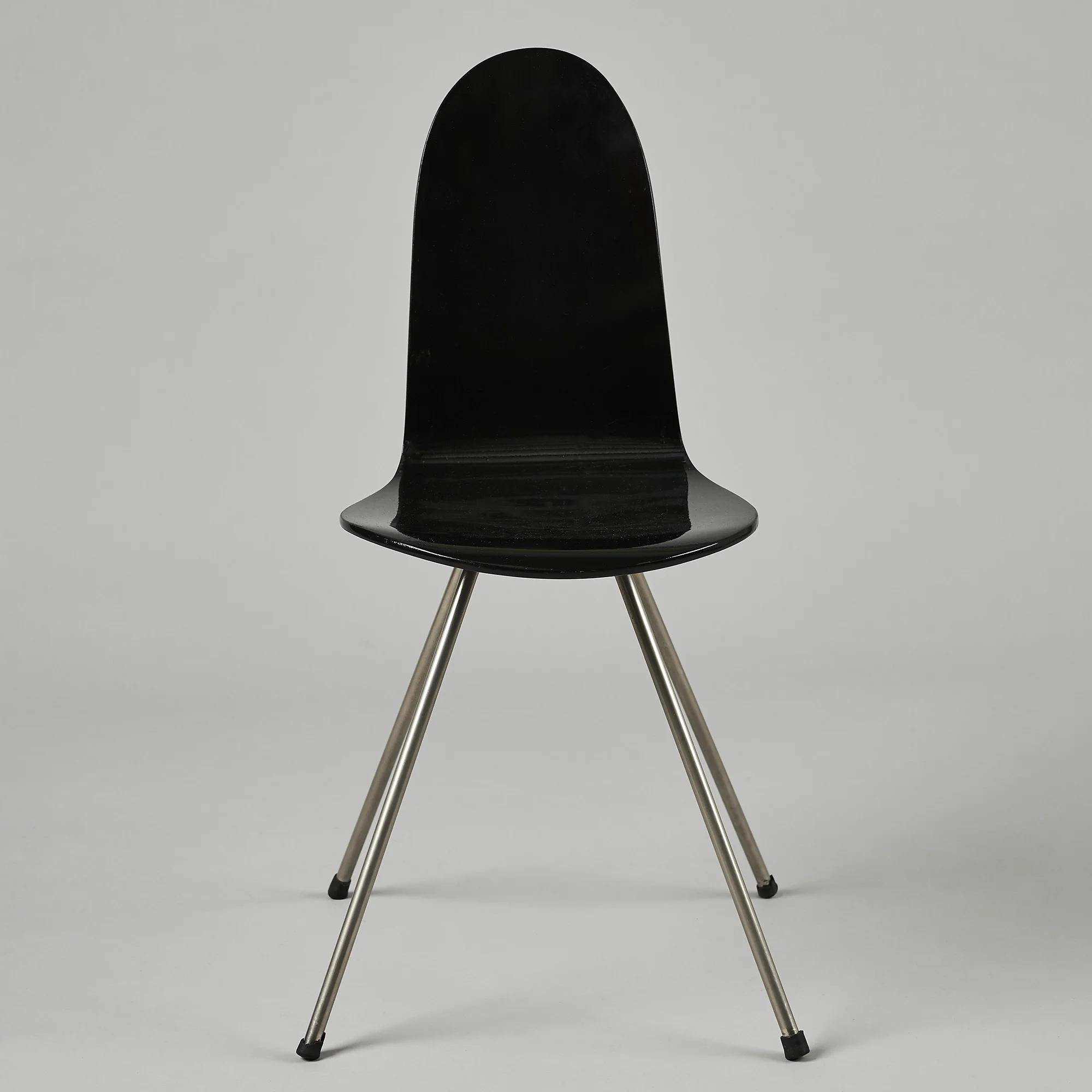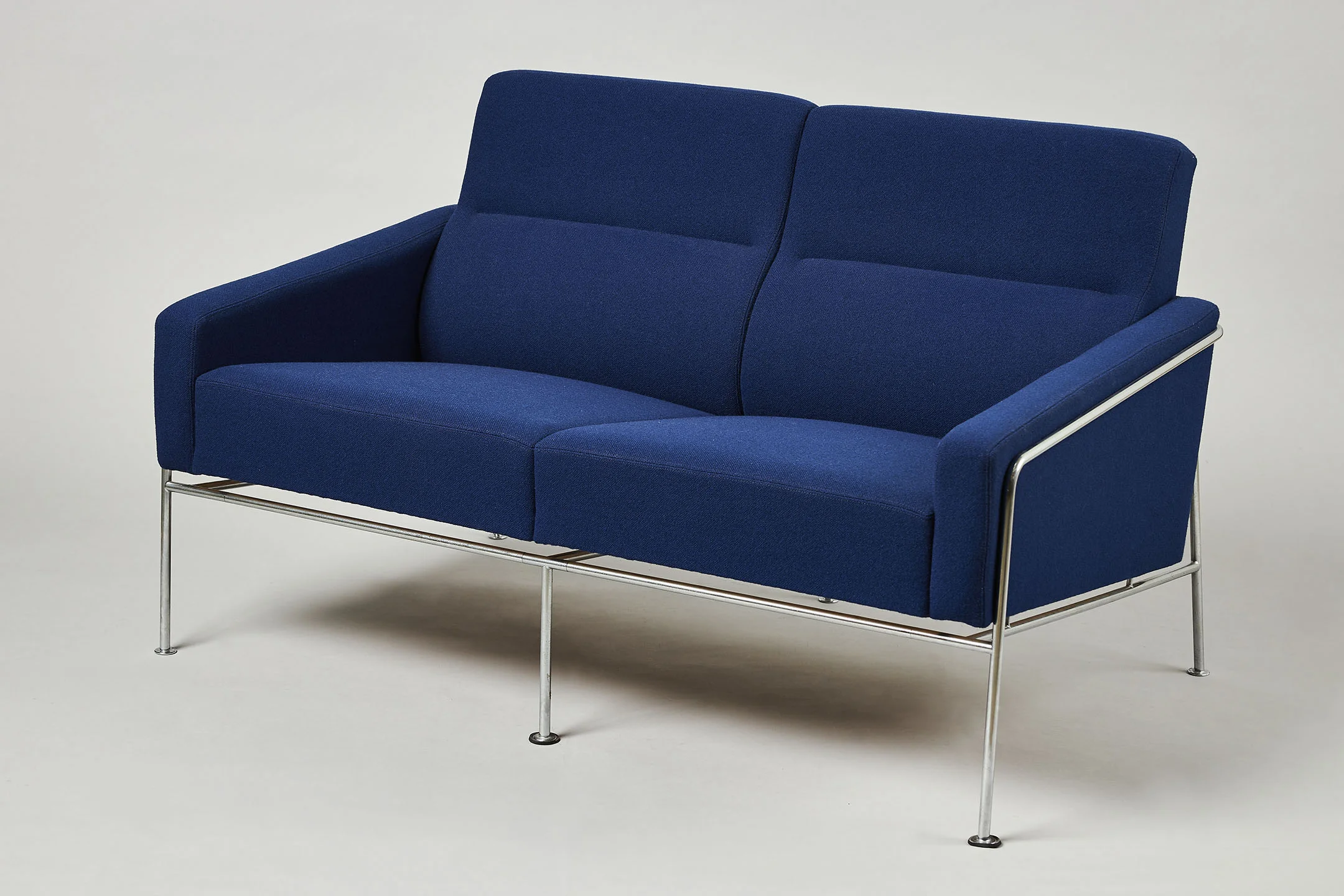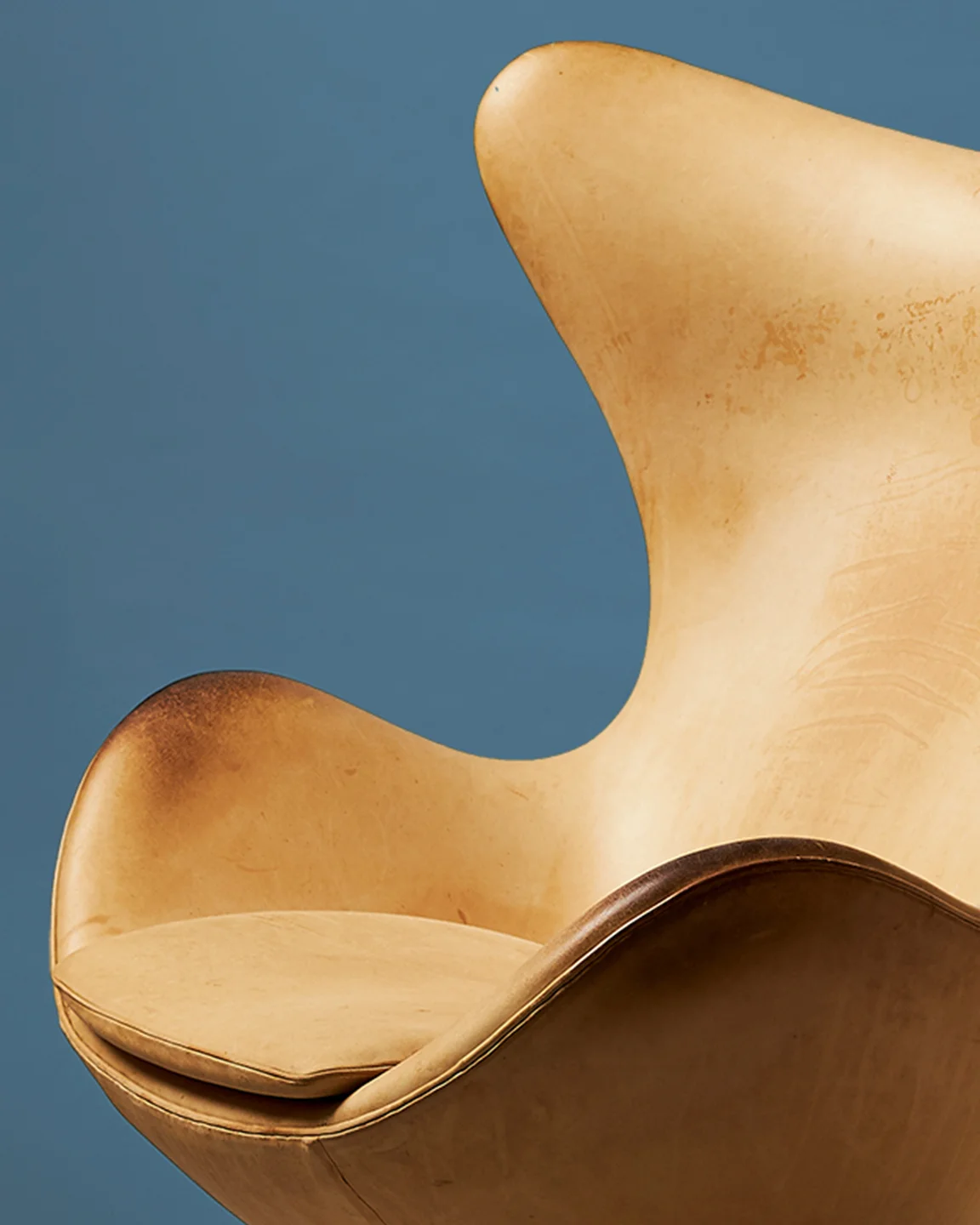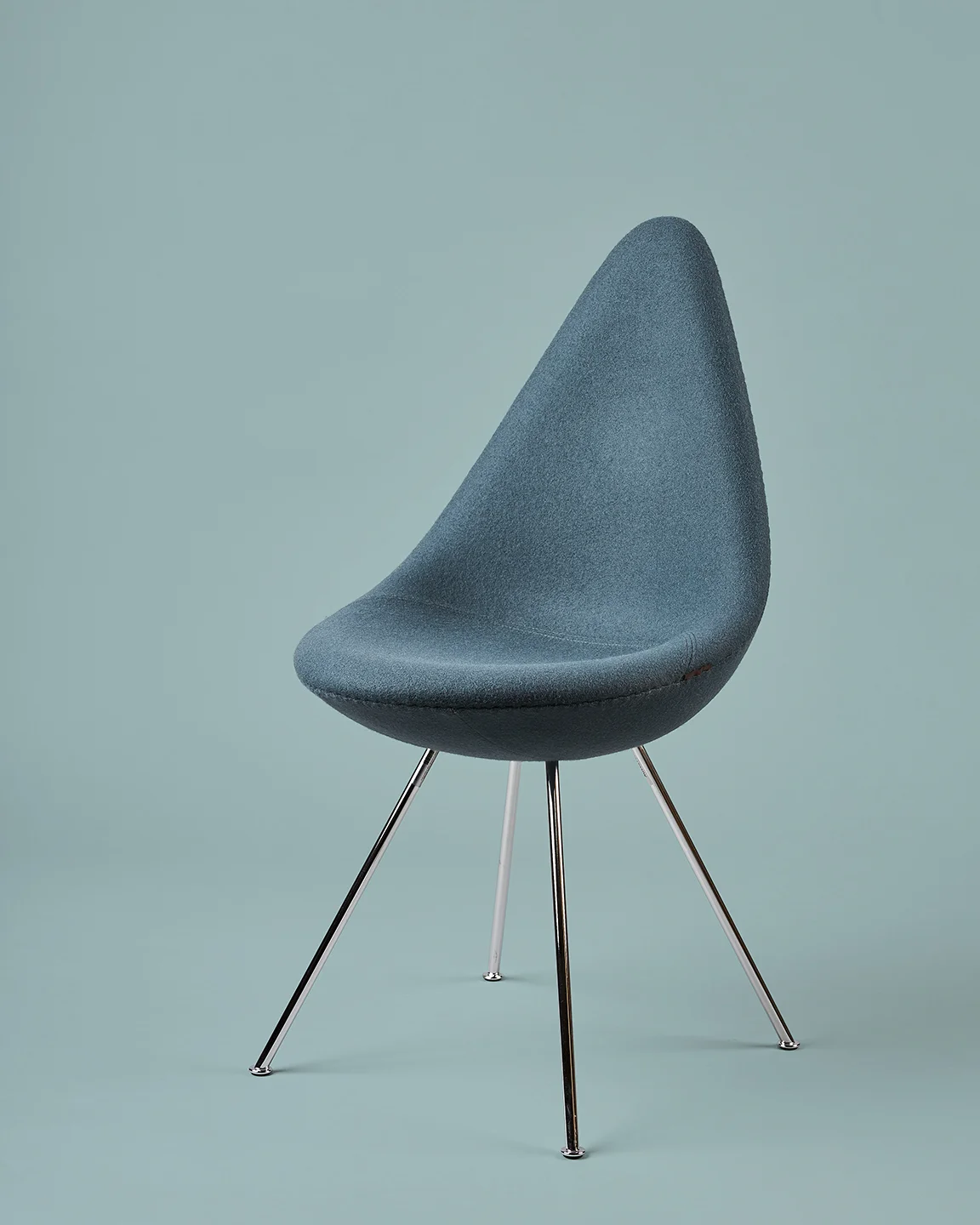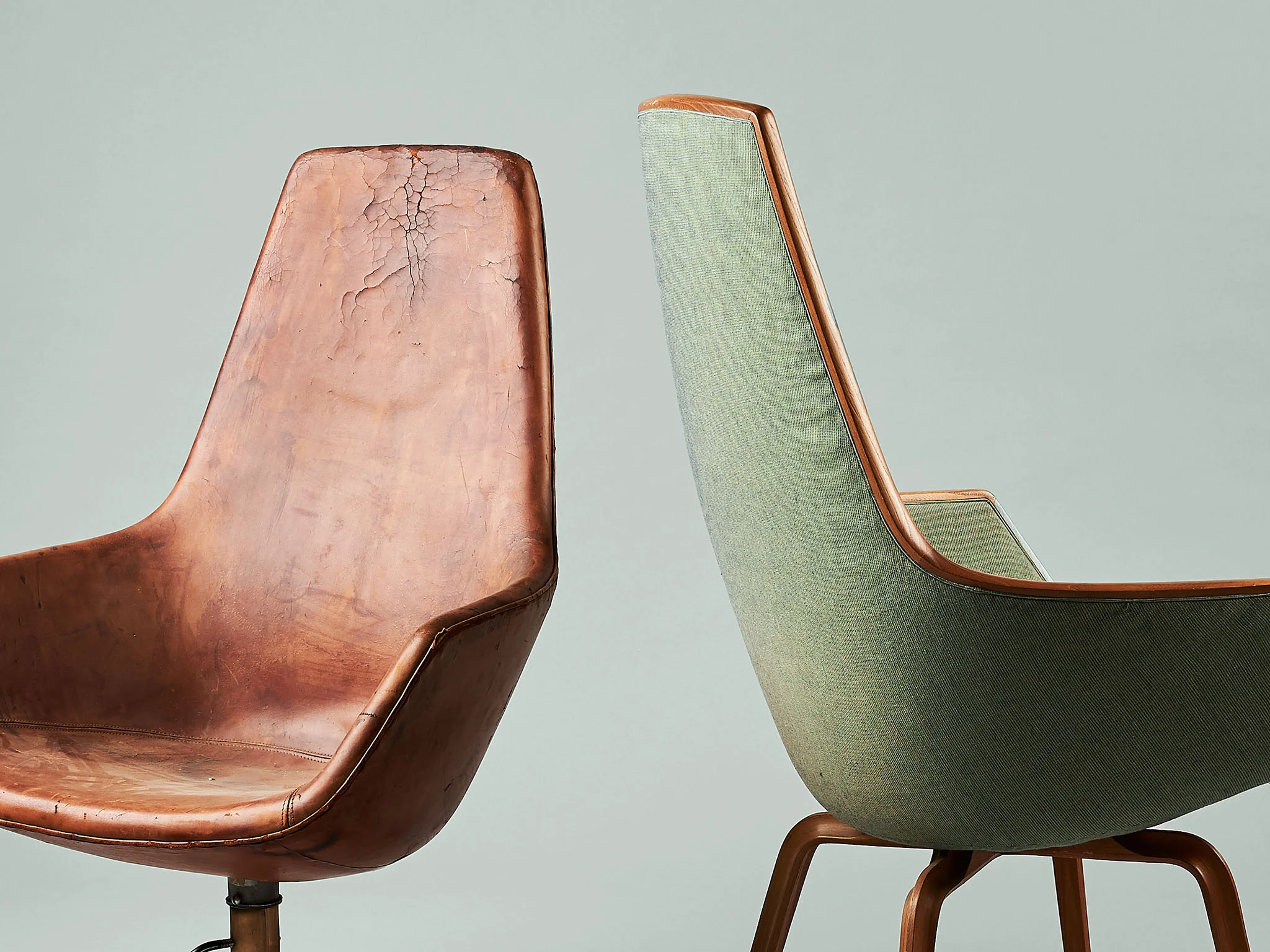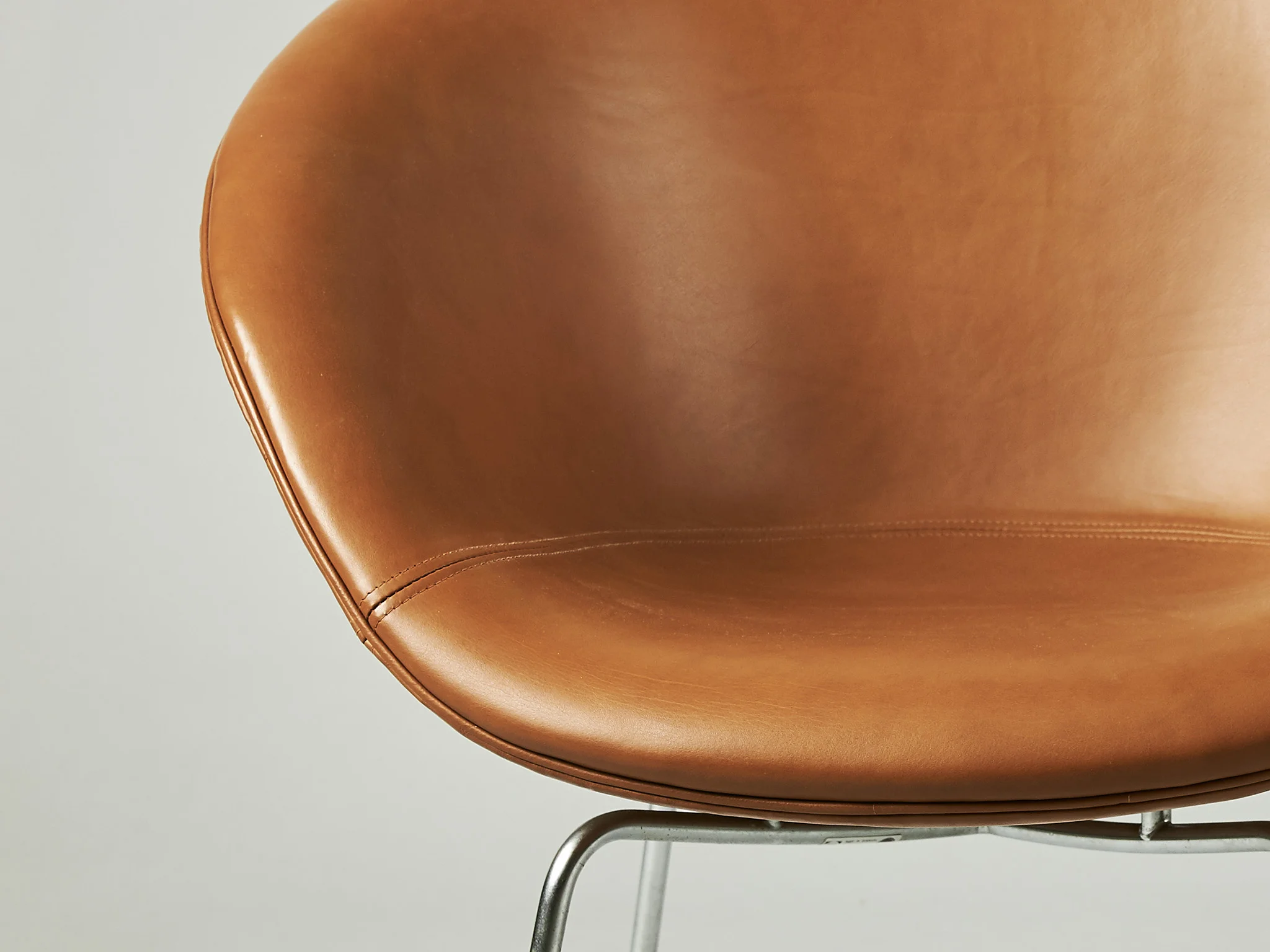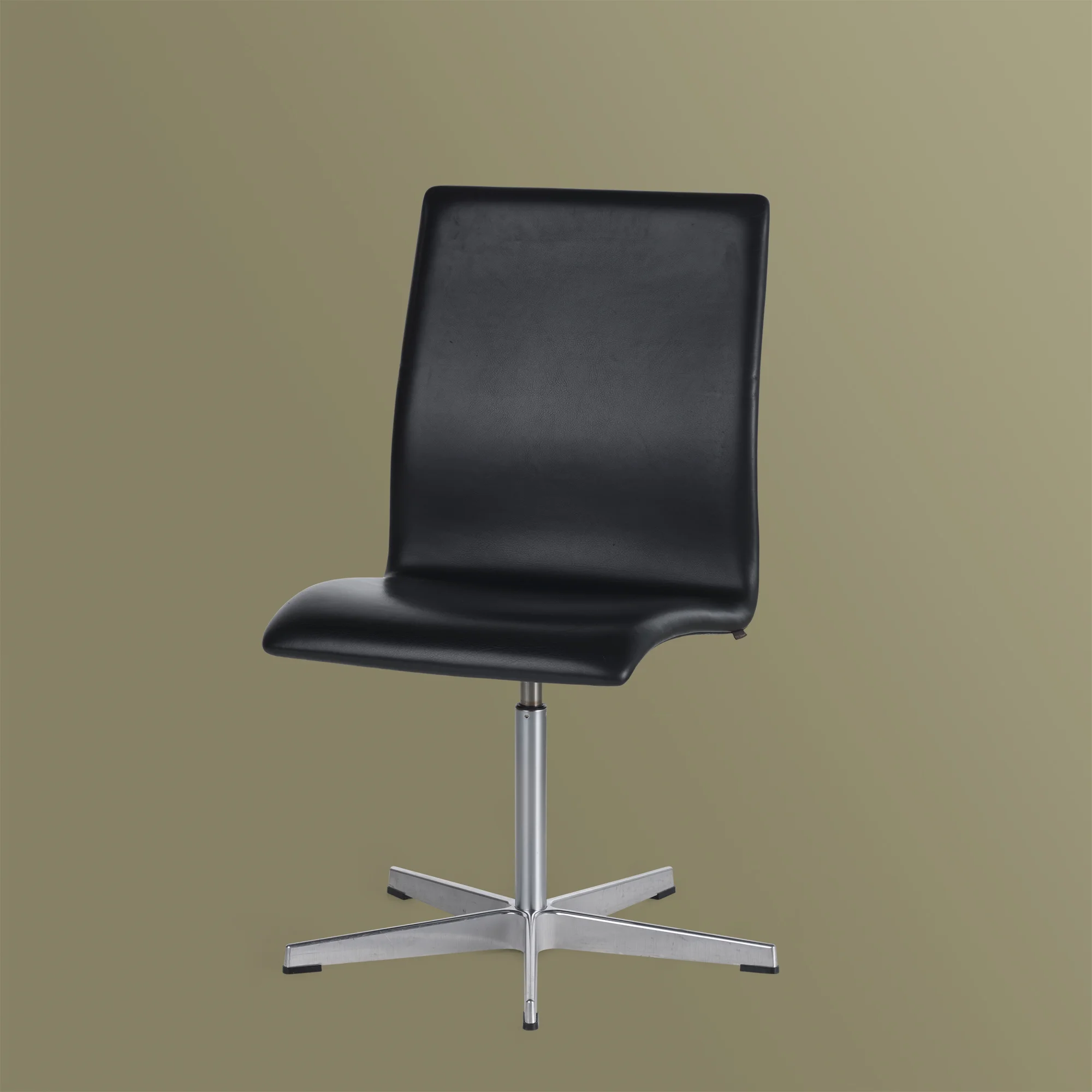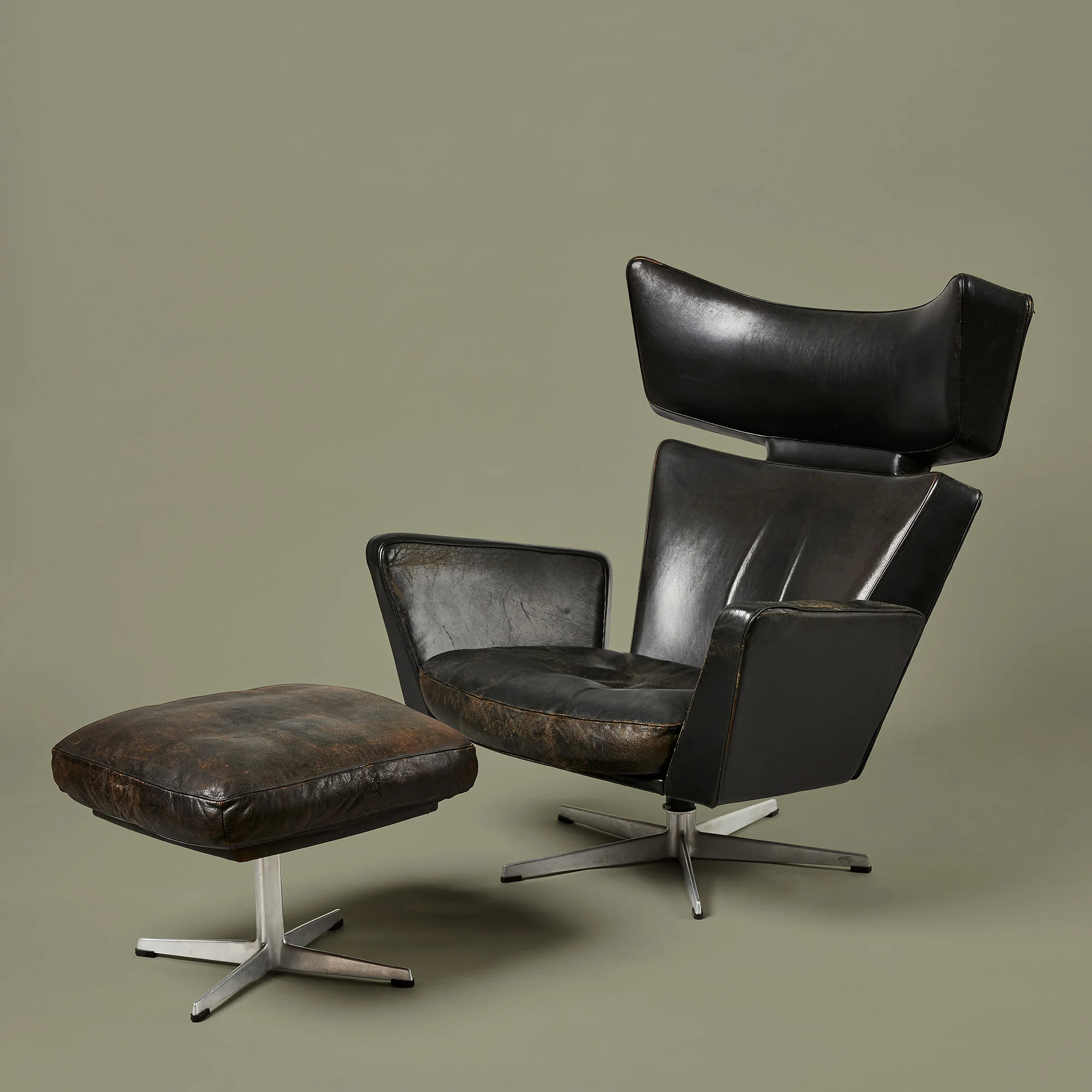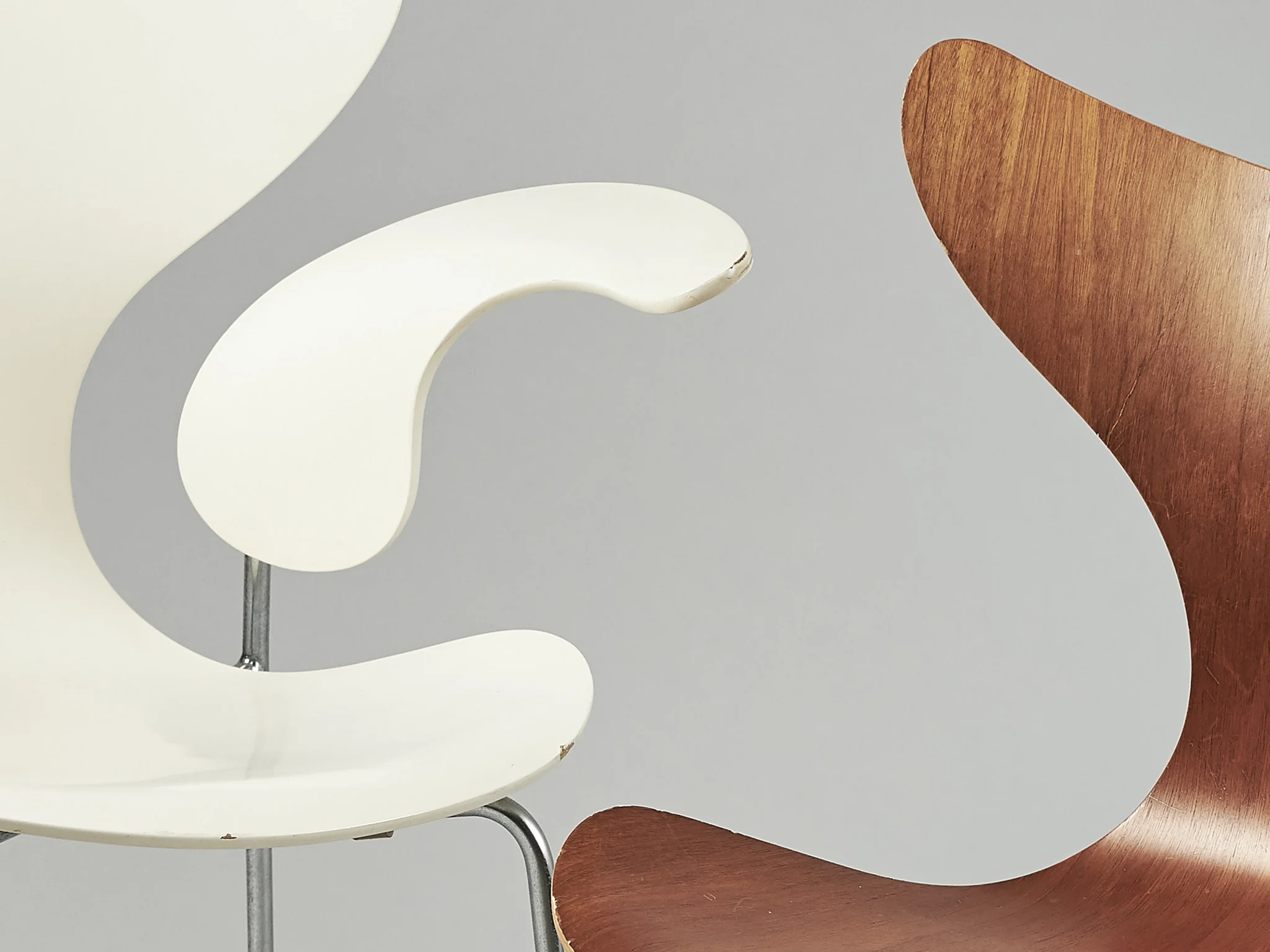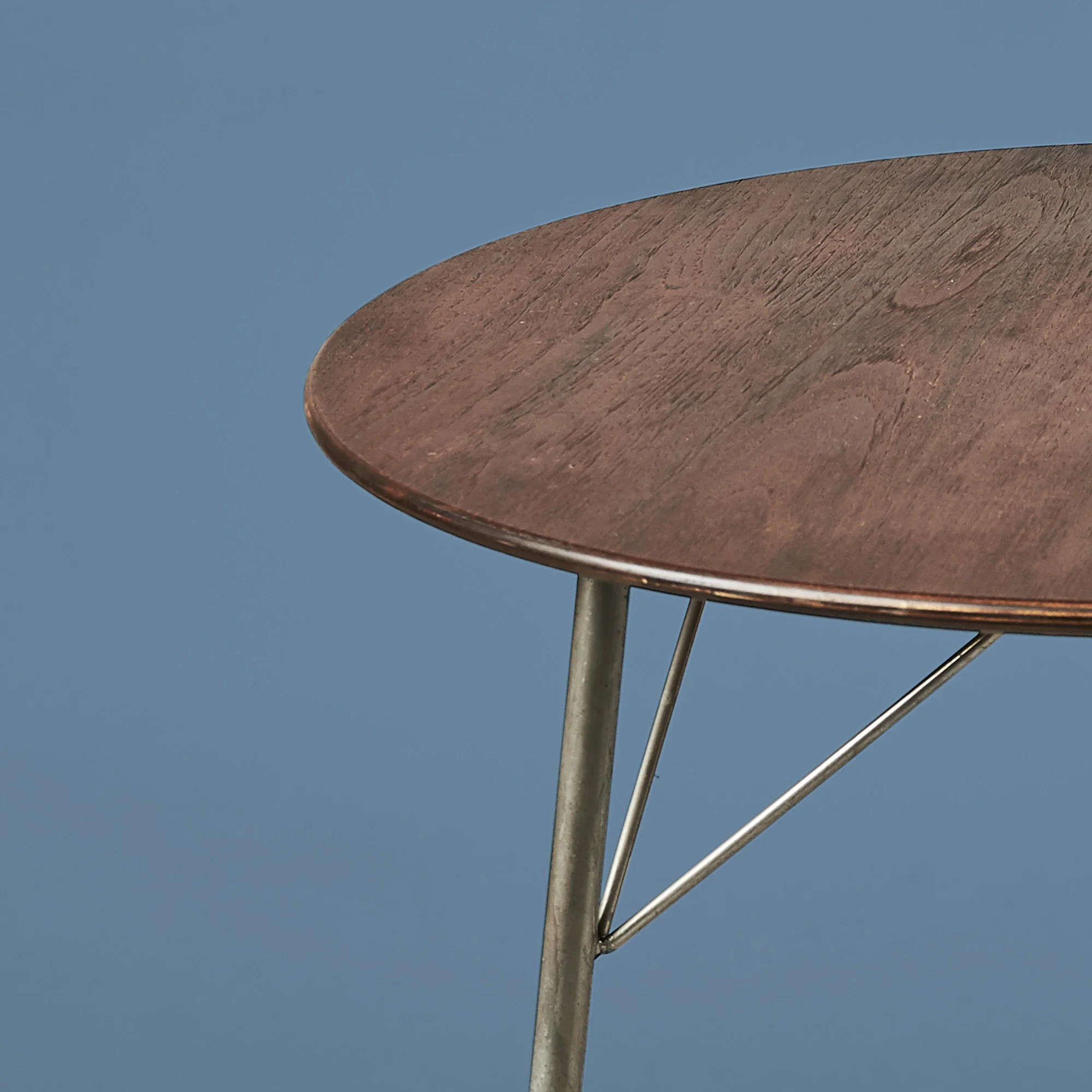Few designs can match Arne Jacobsen’s Series 7 chair in popularity and prestige. Since the launch in 1955, its popularity has only increased, and today, it is found in meeting rooms, restaurants and private homes all over the world. Series 7 was developed as a successor to the Ant from 1952, with armrests and four legs. The result was one of the most iconic, practical and versatile designs ever.
The chair was presented at the design exhibition H55 in Helsinki 1955. After the launch, Arne Jacobsen used it in many architectural projects. It premiered as part of the interior at the modernist Rødovre Town Hall, which was completed in 1956. Here, the organic lines of the Series 7 struck a balancing contrast to the building’s minimalist and rectilinear aesthetic.
